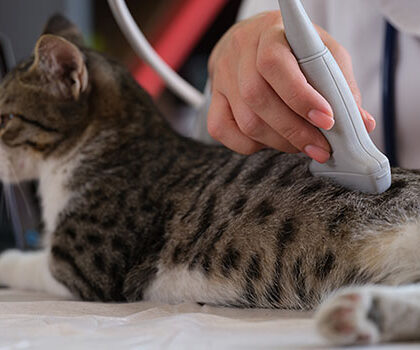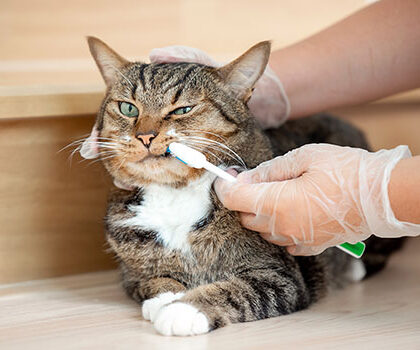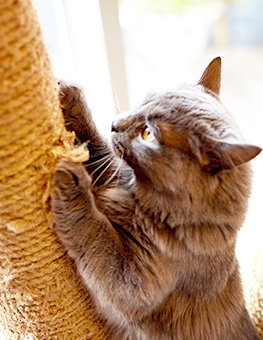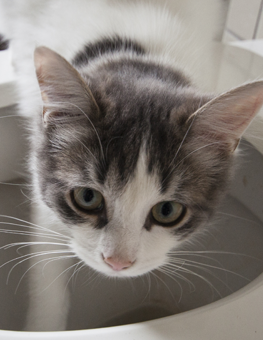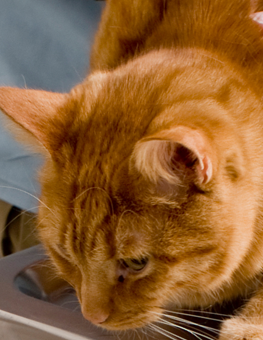How to Trim Your Cat’s Nails
Once you see it done successfully, you'll feel better about clipping your cat's nails on your own.
A desire to scratch is one of the cat's most basic, natural instincts. And for you, the cat owner, protecting your furniture and your family from being scratched is one of your basic instincts. The best way to avoid conflict is to compromise and intervene early. One compromise is to provide your cat with at least one scratching post. A second is to trim your cat’s nails on a regular basis (at least every 10-14 days.)
The five-step trimming technique
Start clipping your cat's nails at an early age so your cat will grow up thinking of it as a fact of life. If you adopt an older cat or decide to pick up nail clipping a few years into the cat’s life, you are likely to encounter some resistance. Here is a general guide to help with this sometimes tricky task:
- Try to cut your cat's nails when she is in a calm or sleepy mood. Start by speaking softly and gently to your cat and stroke her gently. If you like, place her in a soft towel and take one paw out at a time to clip. Your cat will feel secure and she will have a tougher time swatting at you with her other paws.
- Use a good pair of cat nail clippers. Cats have retractile (capable of being drawn into the toe) claws that allow them to walk quietly. You will need to extend the claw outward to clip it.Tip: Put a dab of baby oil on your cat's nail to make them slightly more transparent. The quick — the pink area of the nail that, if cut, will bleed — will be much easier to see.
- Grasp the paw in the palm of your hand and place your index finger on the pad of the toenail you want to clip. Place your thumb over the top of the same toe at the base of the nail and press your fingers together. When you do this, the toenail and the first phalanx will come into view and stay extended until you release your fingers.
- While the nail is extended, cut the nail just above the area that is pink (called the dermis or quick). If you can’t see the dermis it is safer to cut the nail just beyond the point where it starts to curve downward. Never cut into the dermis: it is painful and future nail-cutting sessions could be more traumatic if your cat expects to be wounded.
- If your cat becomes agitated, stop cutting and try again later. You may want to give your cat a special treat afterwards to entice them into trying again.
Before you begin, ask your vet to give you a little instruction on one of your first visits.






